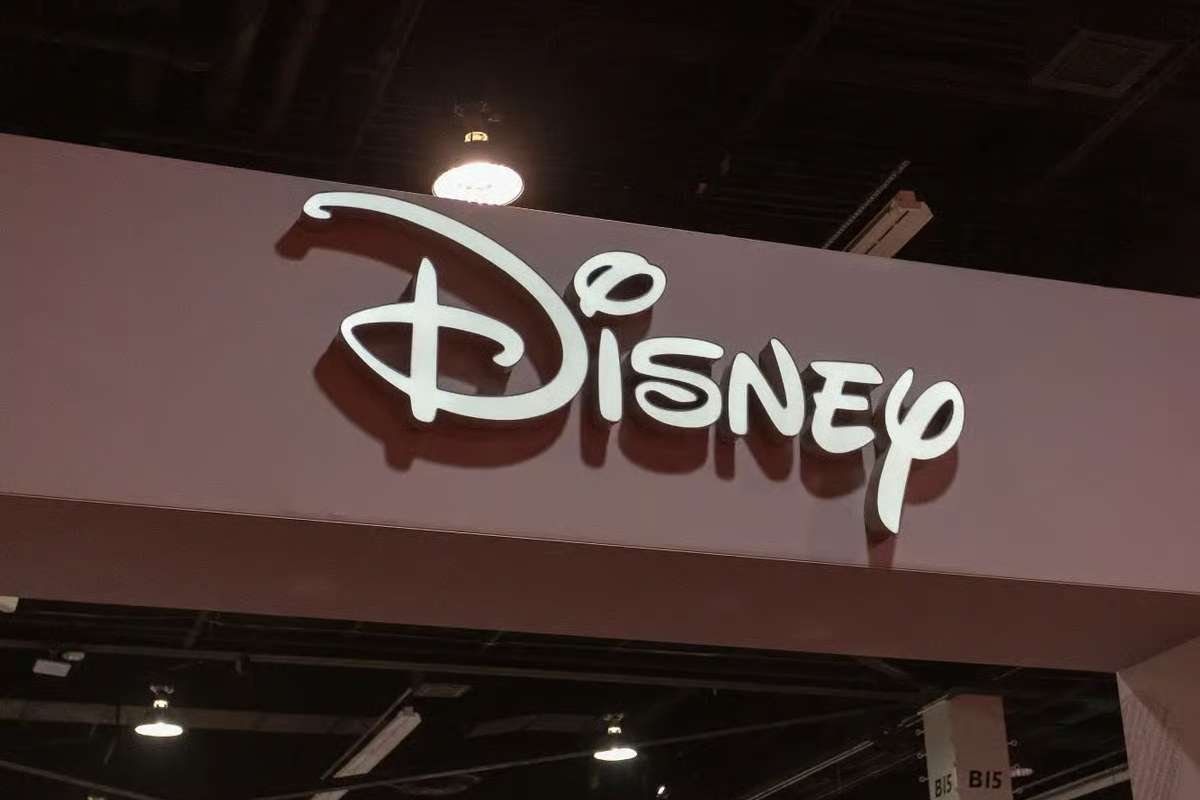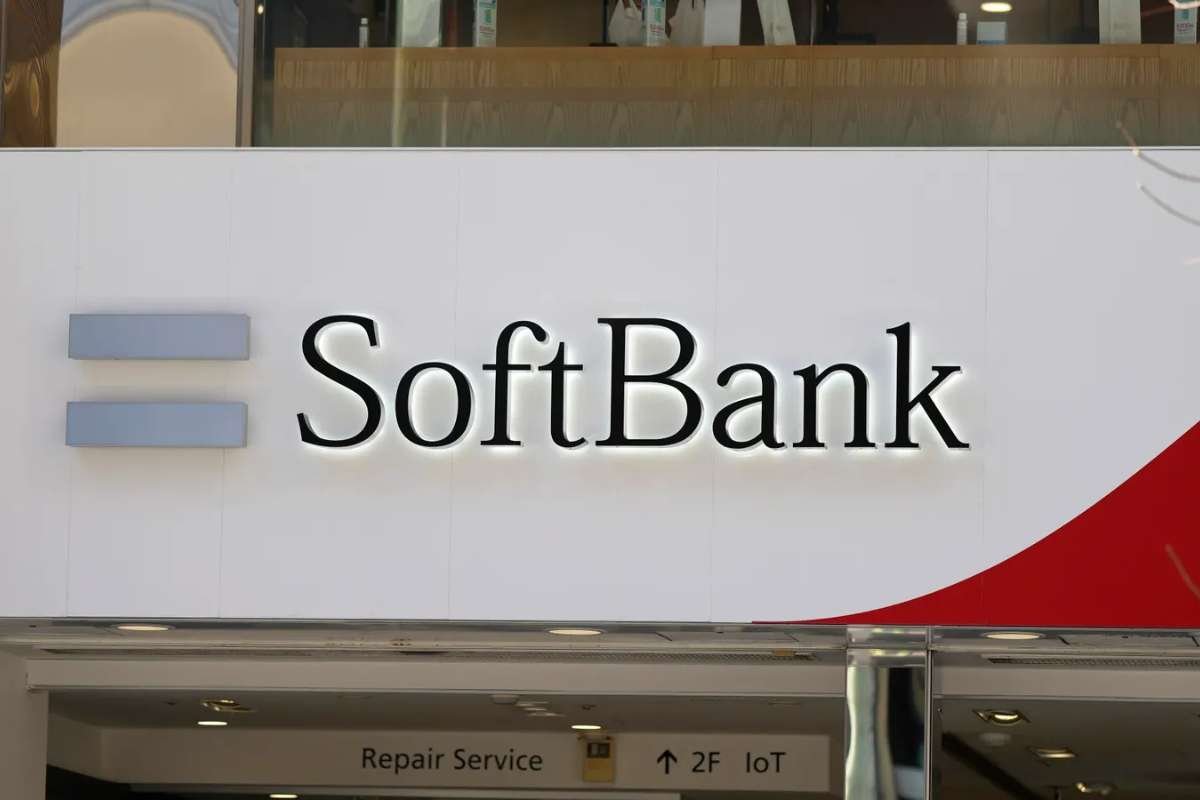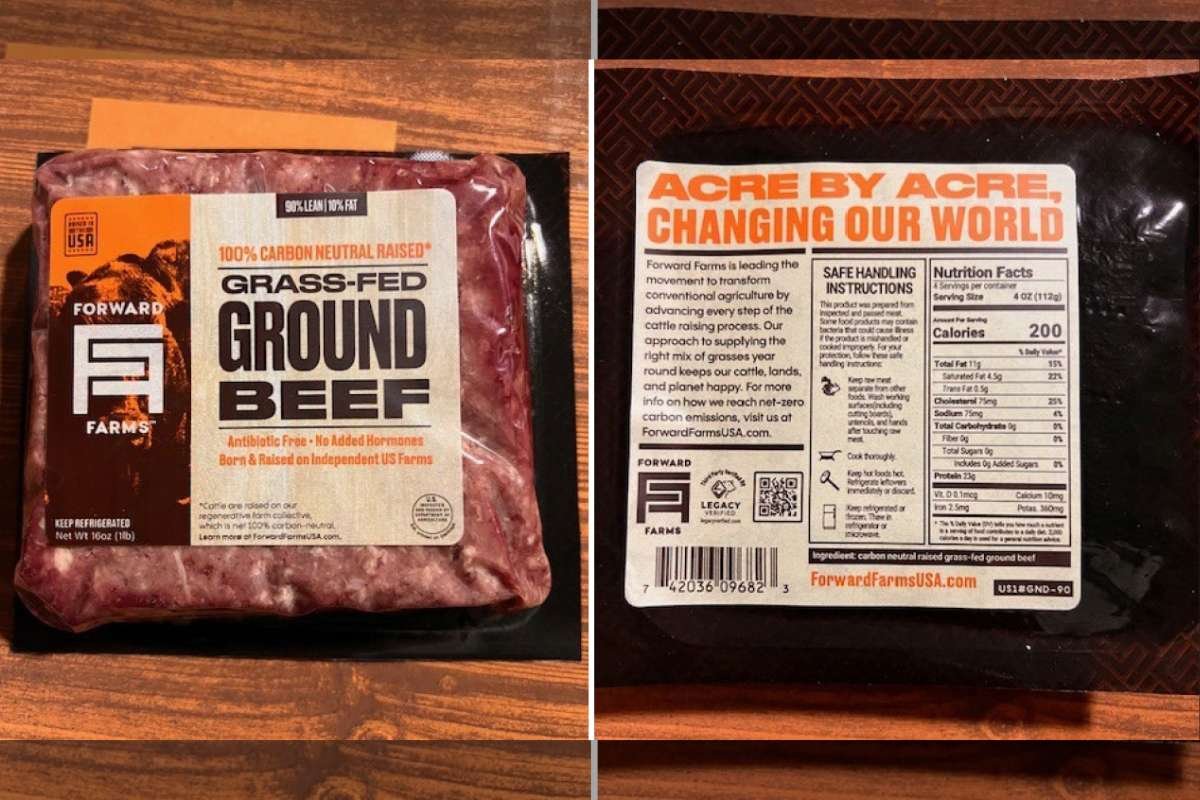In a surprise revelation on The Daily Show, billionaire Patrick Soon-Shiong announced plans to take the Los Angeles Times public within the next year. The goal, he said, is to “democratize” the 143-year-old institution by allowing public ownership, inspired by models like the Green Bay Packers. Soon-Shiong emphasized that discussions are underway with a partner to formalize this unique structure.
Soon-Shiong acquired the Times and San Diego Union-Tribune in 2018 for $500 million. Since then, the paper has struggled financially, reportedly losing between $30 million and $40 million annually. Staff cuts have followed, including a major layoff in January that slashed over 20% of the newsroom.
While the idea of public ownership has drawn curiosity, specific details remain sparse. The company has yet to officially confirm Soon-Shiong’s announcement, and internal sources are cautious about what it might mean for editorial autonomy.
Internal Turmoil and Editorial Disputes
Soon-Shiong’s announcement comes amid deep editorial and cultural tensions within the Times. Earlier this year, the exit of top editors—including Executive Editor Kevin Merida and Managing Editor Sara Yasin—followed the owner’s controversial decision to block an endorsement of Vice President Kamala Harris, a move that drew backlash both inside and outside the newsroom.
In a bid to address ideological concerns, Soon-Shiong has pushed for more politically diverse perspectives. He floated the idea of a “bias meter” on opinion pieces and pledged to assemble a new editorial board with balanced viewpoints. “We need to end echo chambers,” he stated in earlier interviews, clarifying that his intent is to foster trust—not to pander to either side of the political spectrum.
However, critics argue that his editorial involvement undermines journalistic independence. Former staff members have publicly questioned the owner’s hands-on approach and its potential implications for press freedom.
A New Chapter for Legacy Journalism?
Soon-Shiong’s push to make the Los Angeles Times public owned reflects a broader ambition: to secure financial sustainability while re-establishing trust in journalism. A public offering could help raise capital and reduce the financial burden on his personal fortune, while also introducing a governance model rooted in transparency and accountability.
Media analysts say it could serve as a test case for legacy newspapers nationwide. If successful, it might become a replicable model—especially as local journalism continues to battle shrinking ad revenue, subscriber fatigue, and digital disruption.
Still, questions remain: Can public ownership coexist with editorial freedom? Will the public embrace a newspaper as a civic institution worth investing in?
Patrick Soon-Shiong’s plan to take the Los Angeles Times public marks a bold experiment at the intersection of journalism, capitalism, and democracy. Whether it revitalizes the paper—or deepens its current divisions—may hinge on how inclusive, transparent, and independent the model proves to be.
Read Also: How Corporate Governance Drives Business Success?
Sources:


















